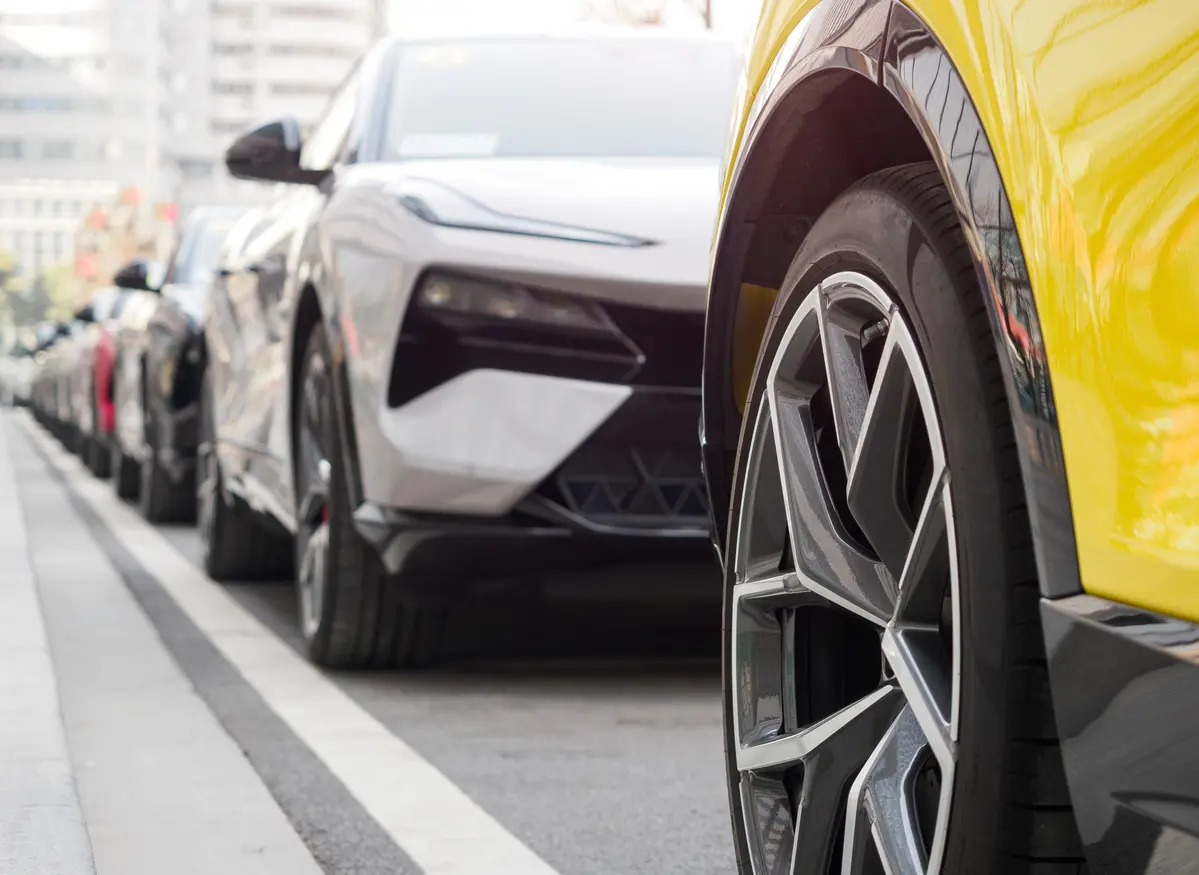Instant torque: burning rubber
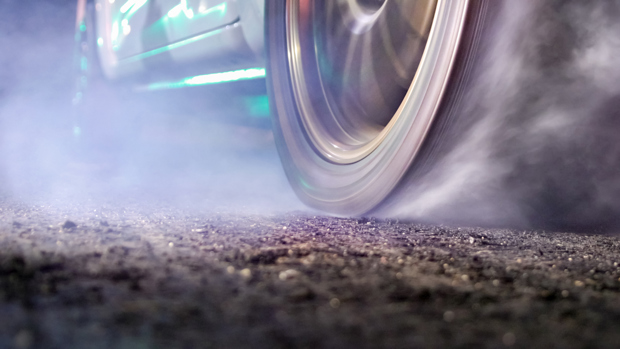
One of the biggest advantages of an electric vehicle is its ability to deliver instant torque. Unlike internal combustion engine (ICE) vehicles, which require time to build up power as they speed up, EVs provide maximum torque the moment the driver presses the pedal. While this delivers a seamless and exhilarating acceleration experience, it also places extreme stress on the tires.
Vehicle acceleration
In gasoline-powered cars, acceleration is more gradual because of gear shifts, which help distribute tire wear more evenly. In contrast, EVs apply maximum force to the tires instantly, leading to faster tread wear.
Every time an EV moves from a stop, its tires grip the road with significantly greater force than those on a traditional vehicle, causing them to degrade at a much higher rate. Aggressive acceleration, a major selling point of high-performance EVs such as Teslas and Porsche Taycans, makes this issue especially noticeable.
Regenerative braking
Another factor that contributes to uneven tire wear is regenerative braking, a hallmark of EVs. Unlike traditional braking systems, which apply friction to slow the vehicle, regenerative braking uses the electric motor to convert kinetic energy back into electricity. While this helps extend battery life, it puts additional stress on the front tires, leading to irregular wear patterns.
Unsprung weight: a heavy burden
EVs are significantly heavier than their gasoline counterparts because of their large battery packs. This added weight means the tires must withstand greater pressure, which increases rolling resistance and speeds up tire wear.
A vehicle's weight divides into two types:
- Sprung weight: the portion supported by the suspension, including the cabin and engine
- Unsprung weight: components like wheels, tires, and brakes that are directly connected to the road
The higher the unsprung weight, the greater the force exerted on the tires when the vehicle moves over bumps and uneven surfaces. Because EVs carry heavier battery systems, their tires experience greater stress, leading to faster tread and sidewall wear.
Traditional tire designs often can't handle the increased torque and weight of electric vehicles. As a result, EVs often experience premature tire wear and reduced efficiency. Tire manufacturers have therefore developed EV-specific tires with reinforced sidewalls to handle the extra weight, lower rolling resistance for improved efficiency, and tougher tread compounds for high torque.
Despite these advancements, even reinforced EV tires wear out faster than expected, because even the most advanced rubber compounds struggle to keep up with the extreme forces applied by EVs.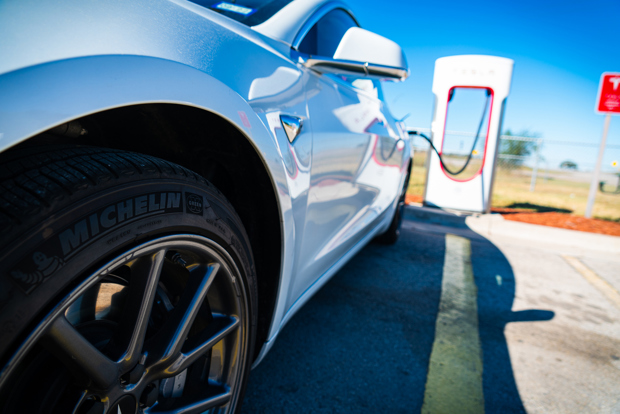
Driving habits and tire maintenance
While EV tires naturally wear out faster, driving habits and regular maintenance play an important role in extending their lifespan. Here are some essential strategies you can use to reduce excessive tire wear:
- Regular tire rotations: Rotate EV tires every 5,000 to 8,000 km to ensure more even wear.
- Proper tire inflation: Properly inflated tires reduce rolling resistance, preventing excessive heat buildup and premature wear.
- Gentle acceleration: Avoid flooring the accelerator, particularly when taking off from a standstill. Smooth acceleration reduces strain on the tires.
- Alignment and suspension checks: Because of the added weight of EVs, misalignment can speed up tire wear. Routine maintenance helps ensure even tread wear and better handling.
- Investing in EV-specific tires: Standard tires, not designed for EVs, may wear out quickly. Reinforced, low-rolling-resistance tires can significantly improve tire longevity.
Treading carefully: the road ahead for EV tires
As the EV market grows, tire manufacturers are developing more durable and efficient solutions to reduce wear. Some promising innovations include self-healing tires that automatically repair minor tread damage, smart tires embedded with sensors to monitor wear and improve performance, and use of sustainable materials that reduce environmental impact while maintaining durability.
Despite all the benefits EVs offer, the degradation of their tires is undeniable. You can mitigate the effects of instant torque and unsprung weight on your tires by adopting proper maintenance practices. As manufacturers refine EV tire technology, the future holds more efficient, durable, and sustainable solutions tailored to meet the demands of electric mobility.
If you have questions about your EV’s tires, visit your local NexDrive service centre and speak with a technician for expert advice on maintenance and replacement options.
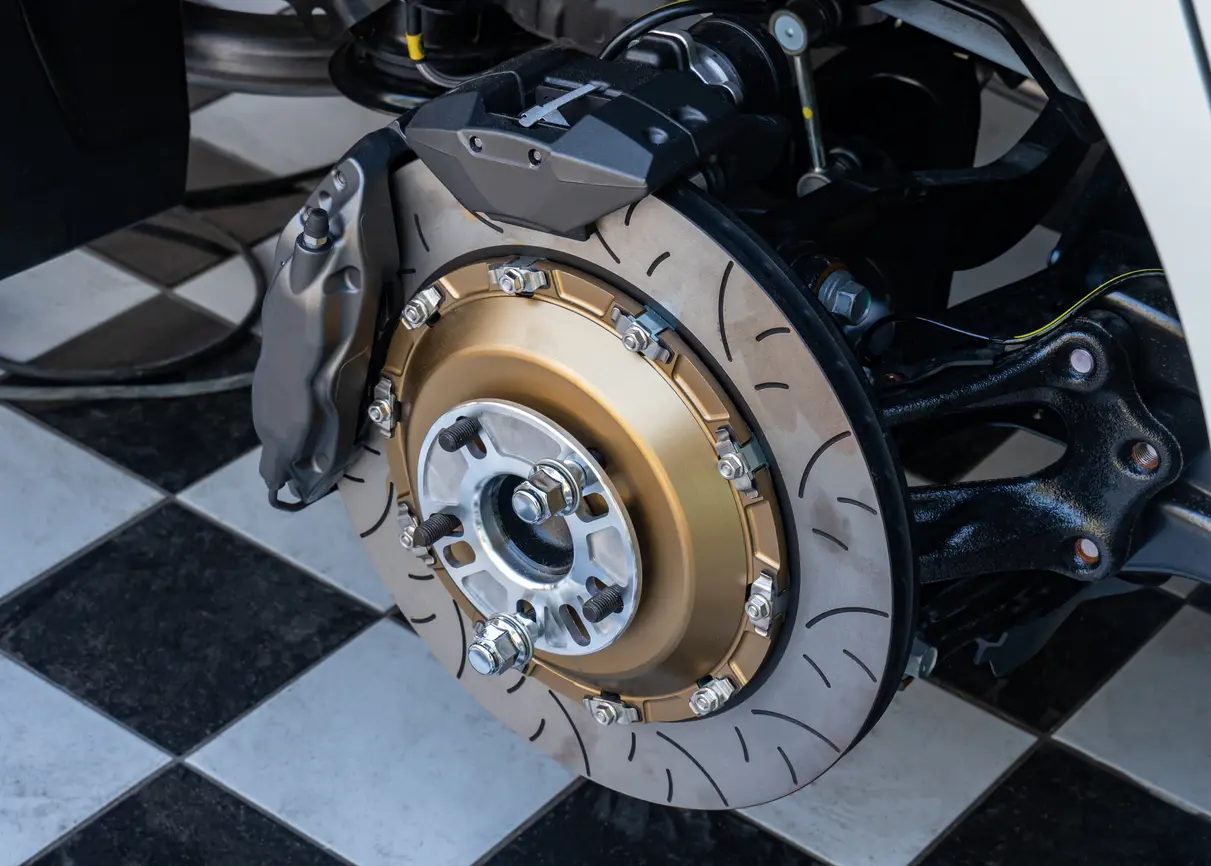
Why regenerative braking is bad for your brake pads
Regenerative braking improves energy efficiency, but can cause brake pad issues because of reduced mechanical brake use. Learn how to maintain your brake system and prevent costly repairs in this article.
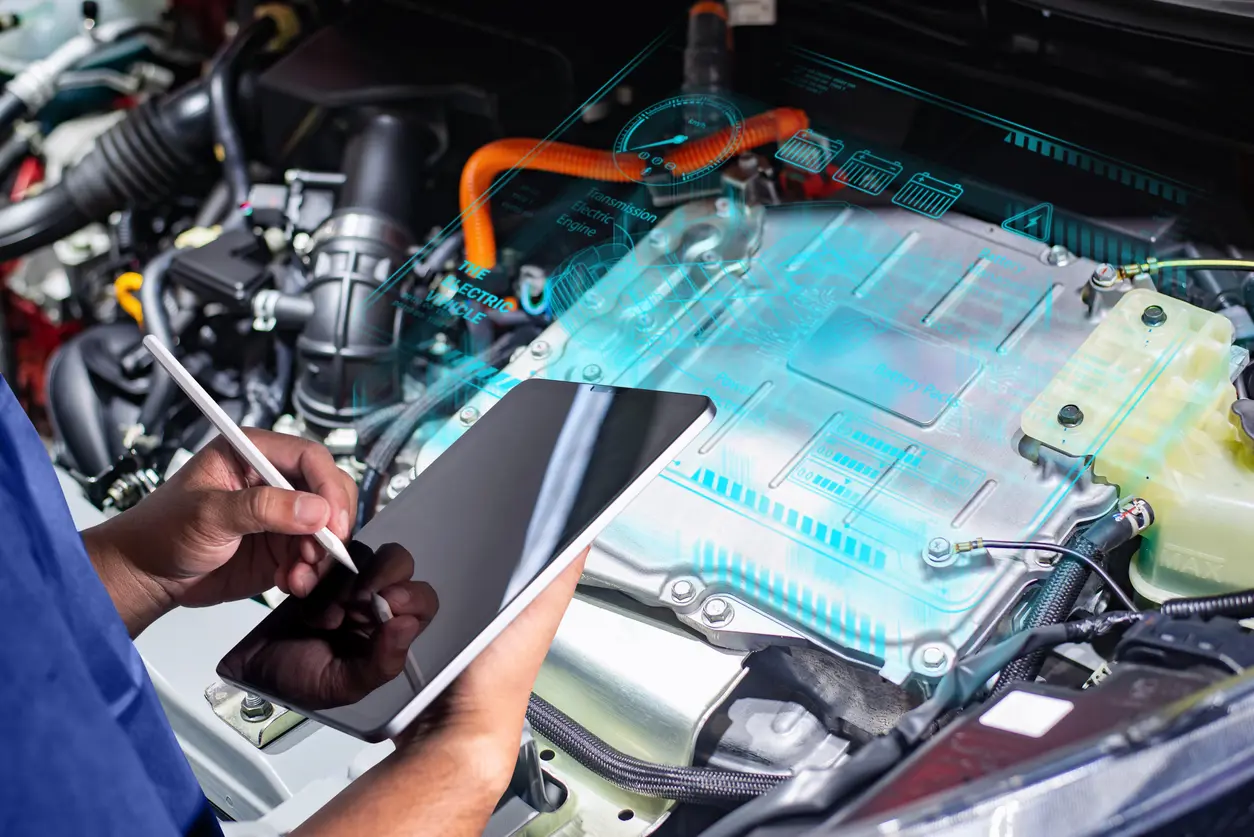
Does an EV need regular general maintenance?
Although EVs require less maintenance than gas-powered vehicles, they still need regular care. Learn about battery health, brake maintenance, and more here.
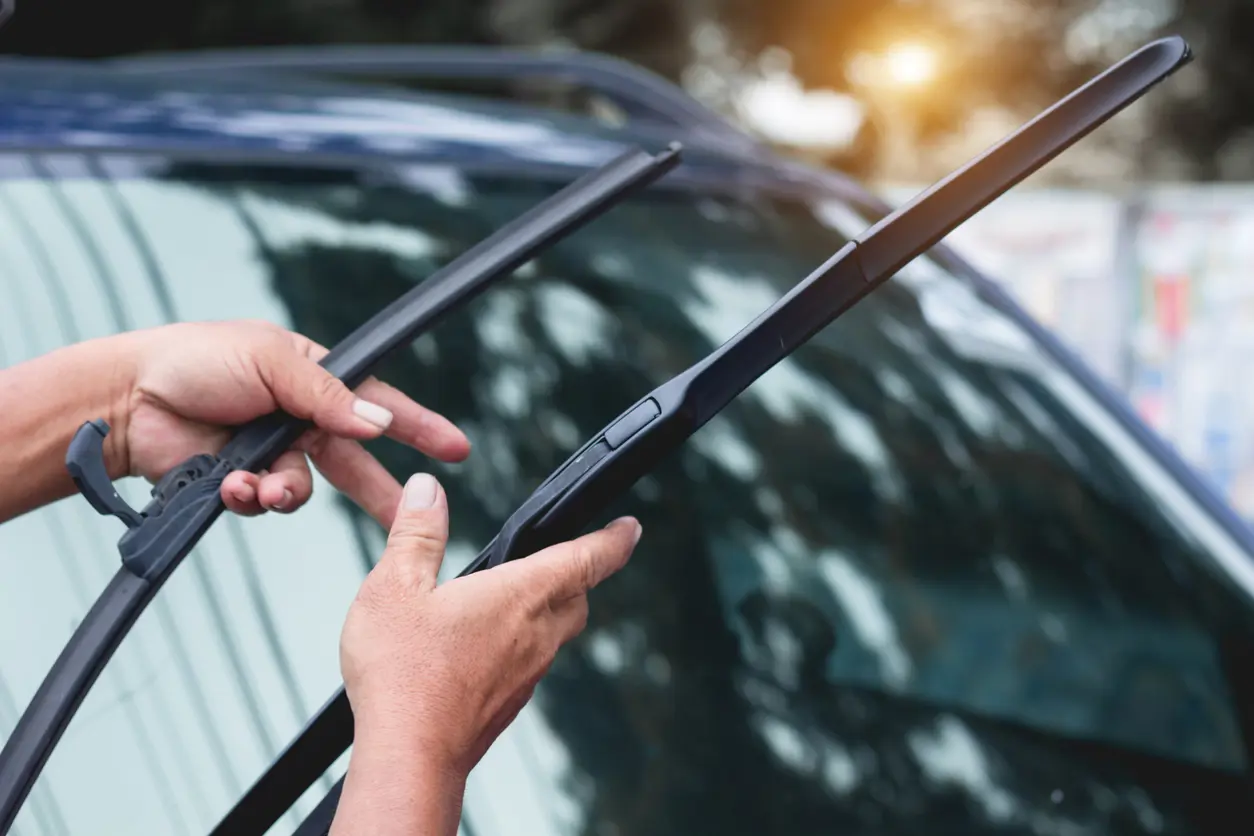
Which wiper blades are best?
Want to know which types of wiper blades are the best for your EV? Discover the three main types of wiper blades in this step-by-step guide.
